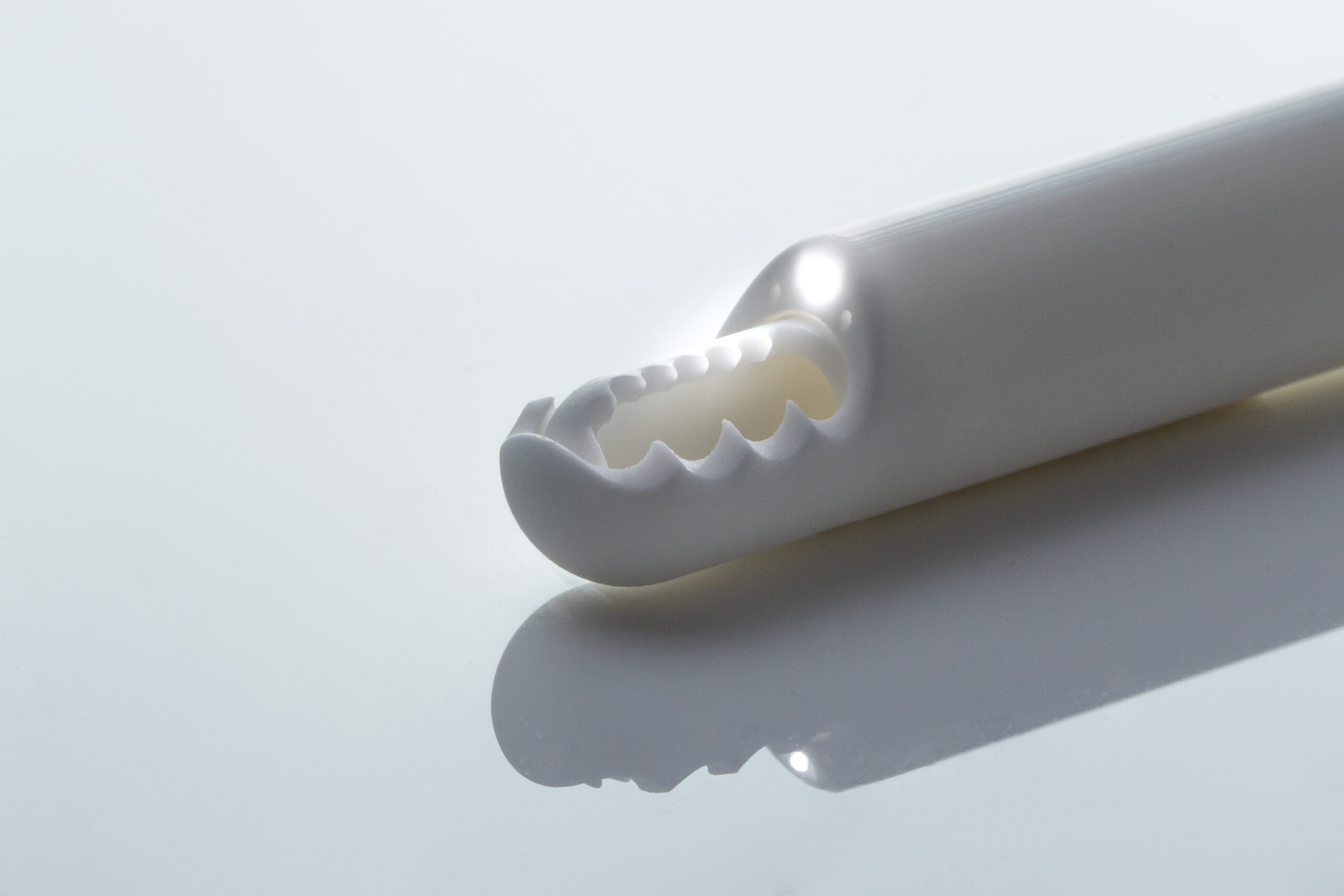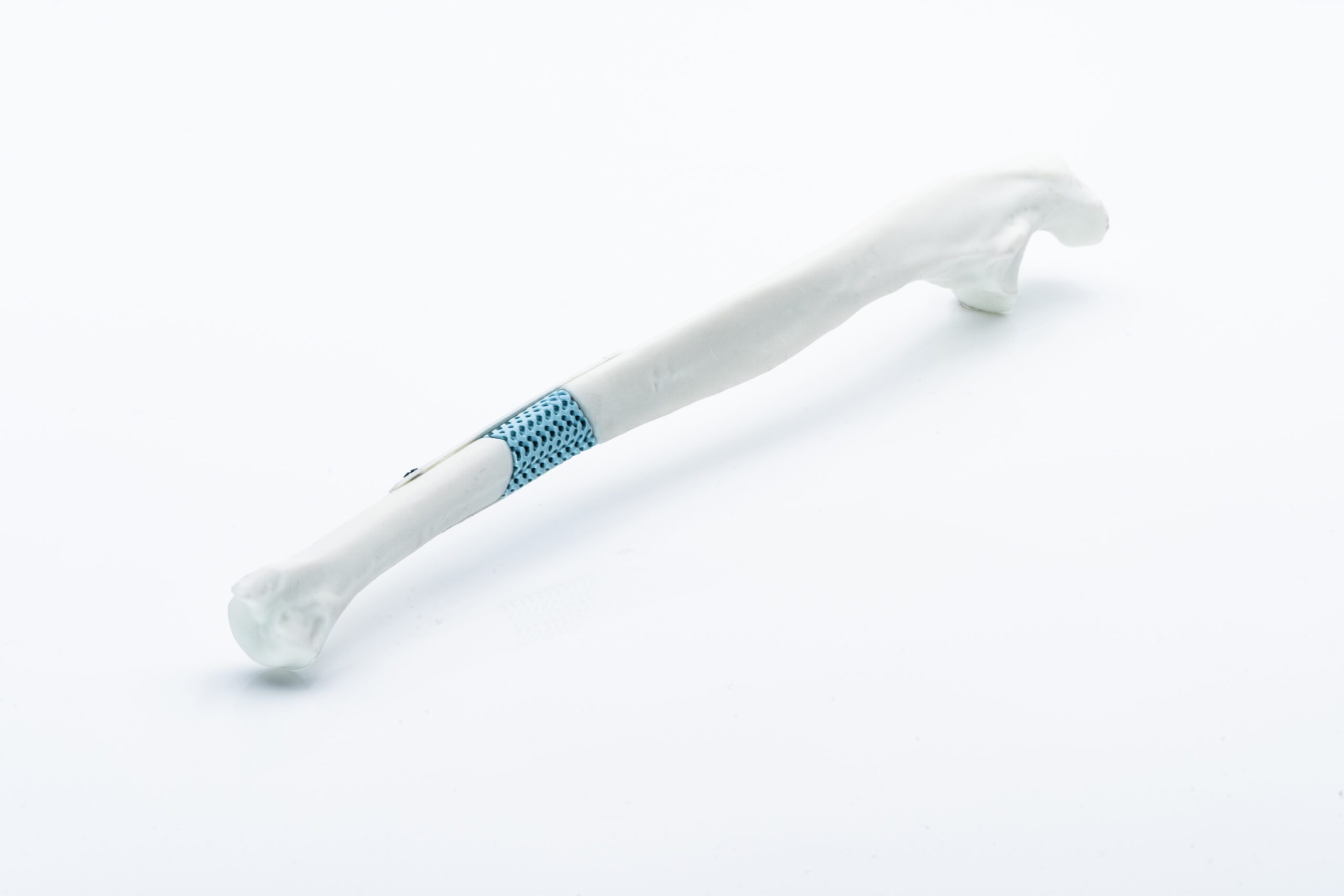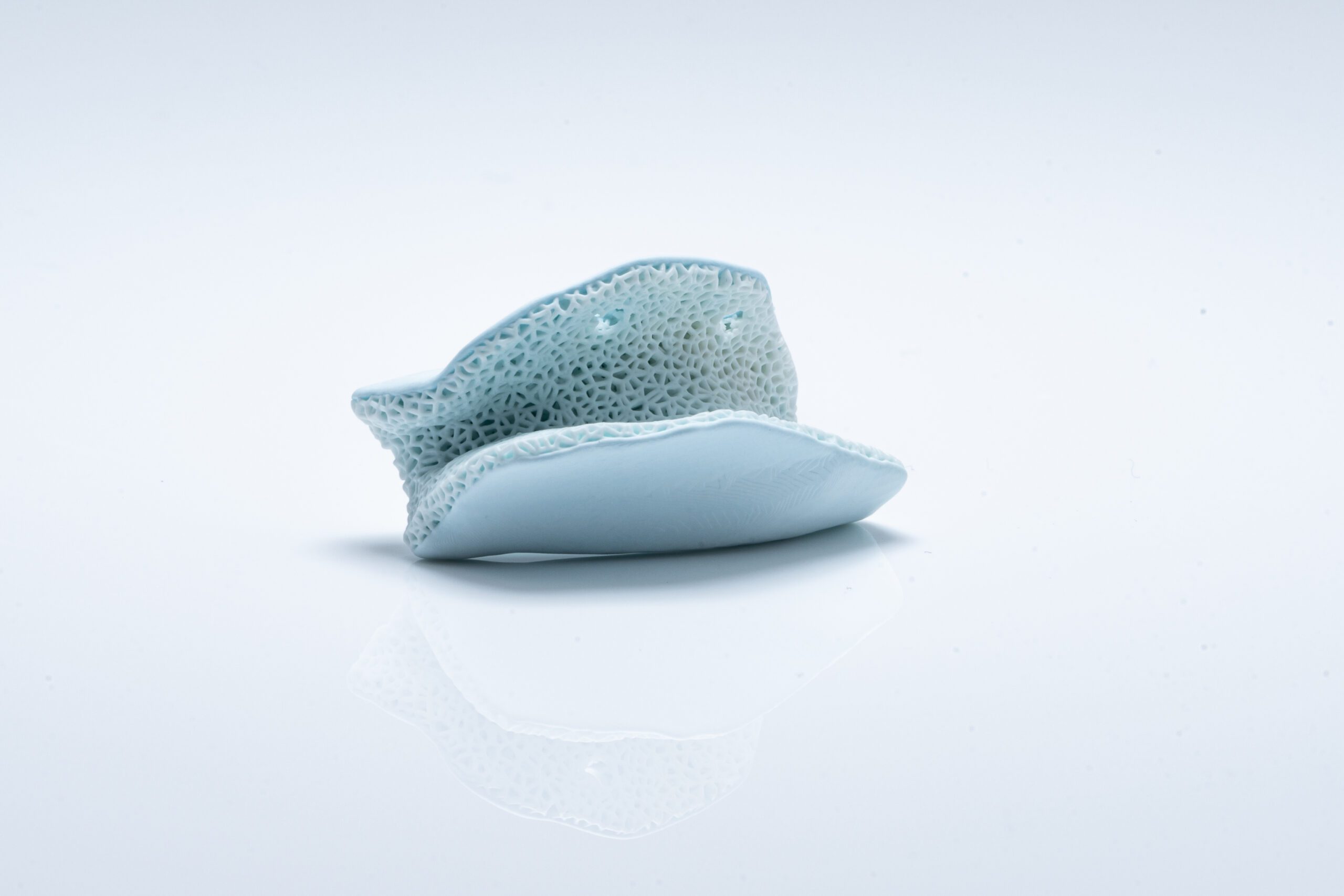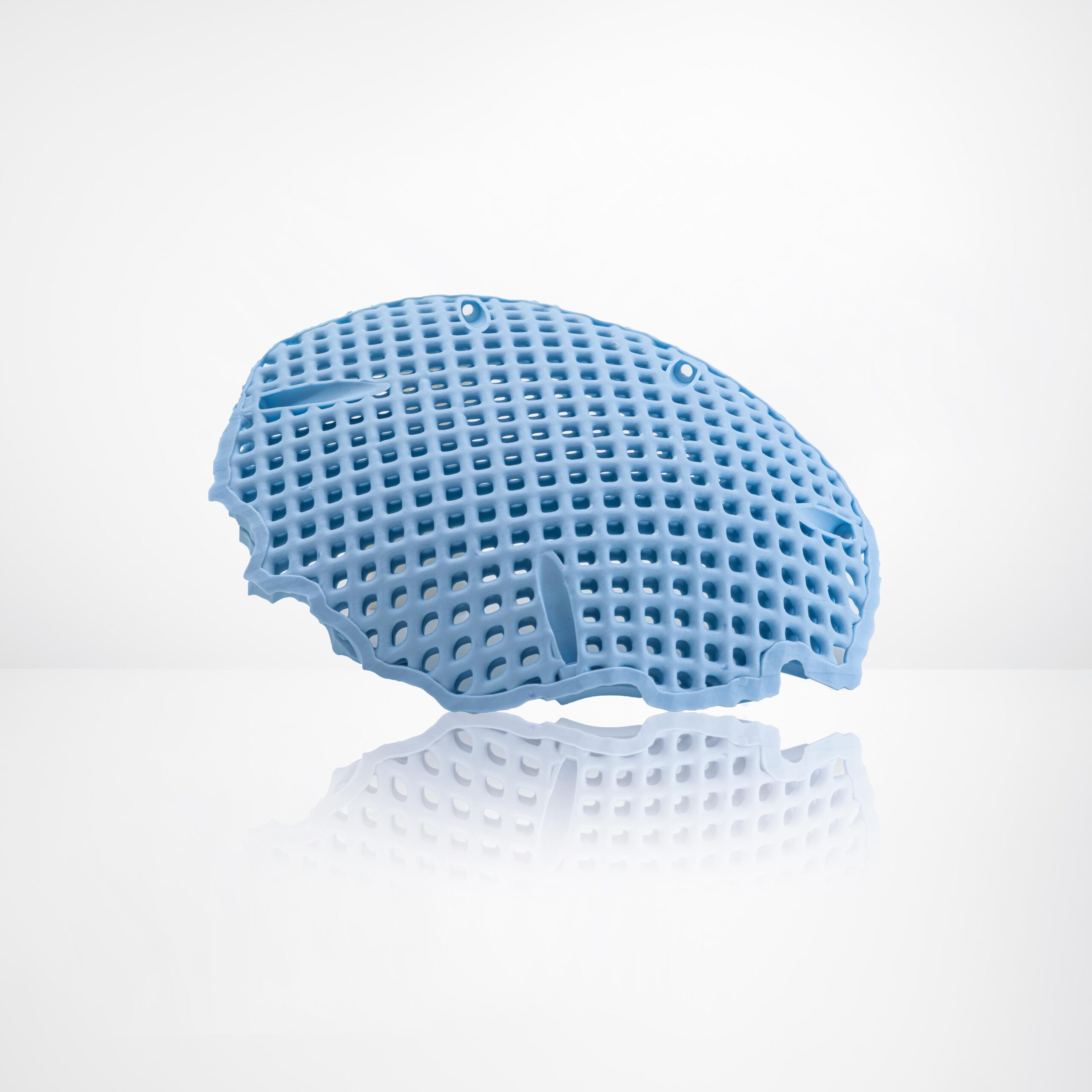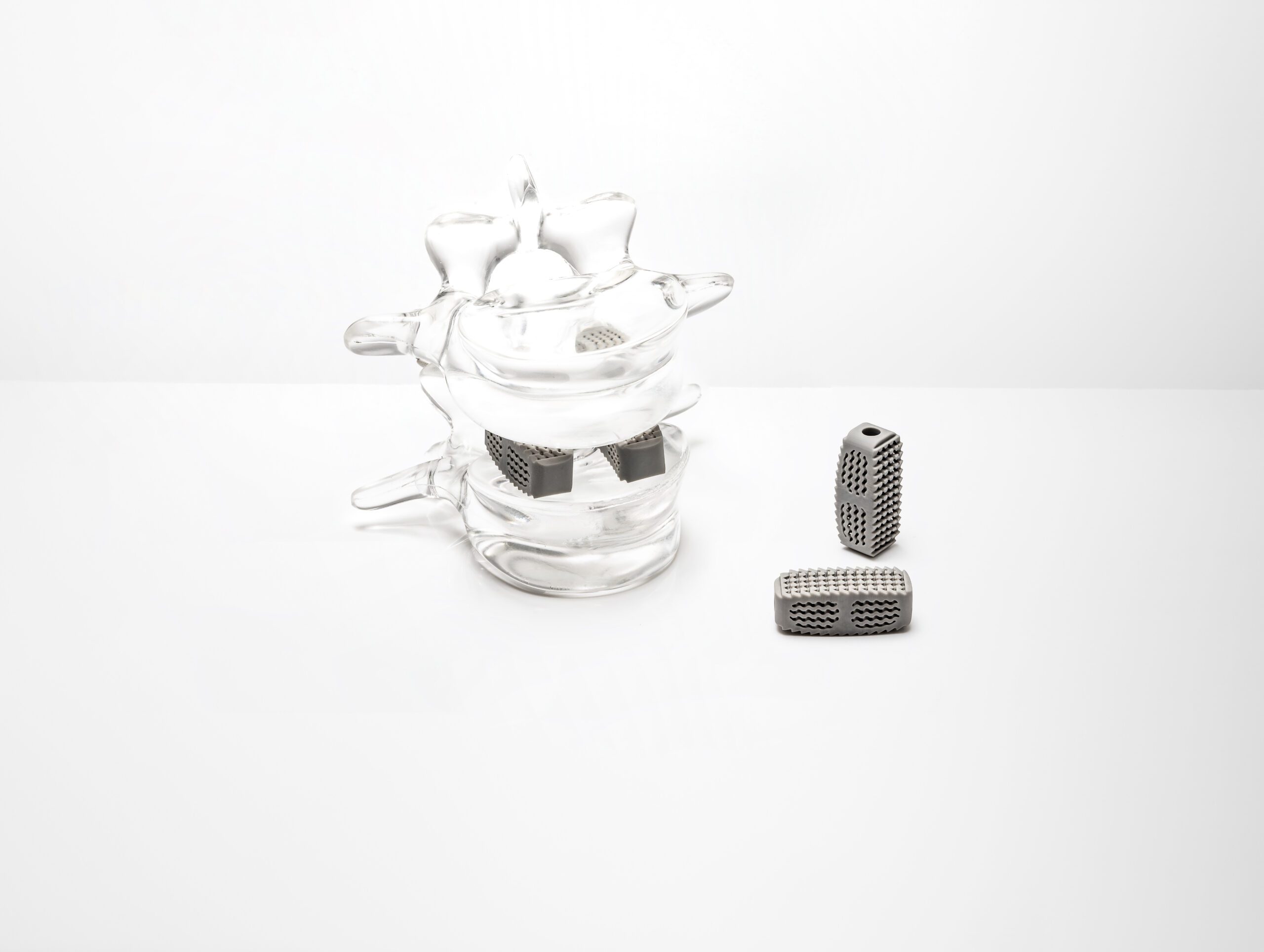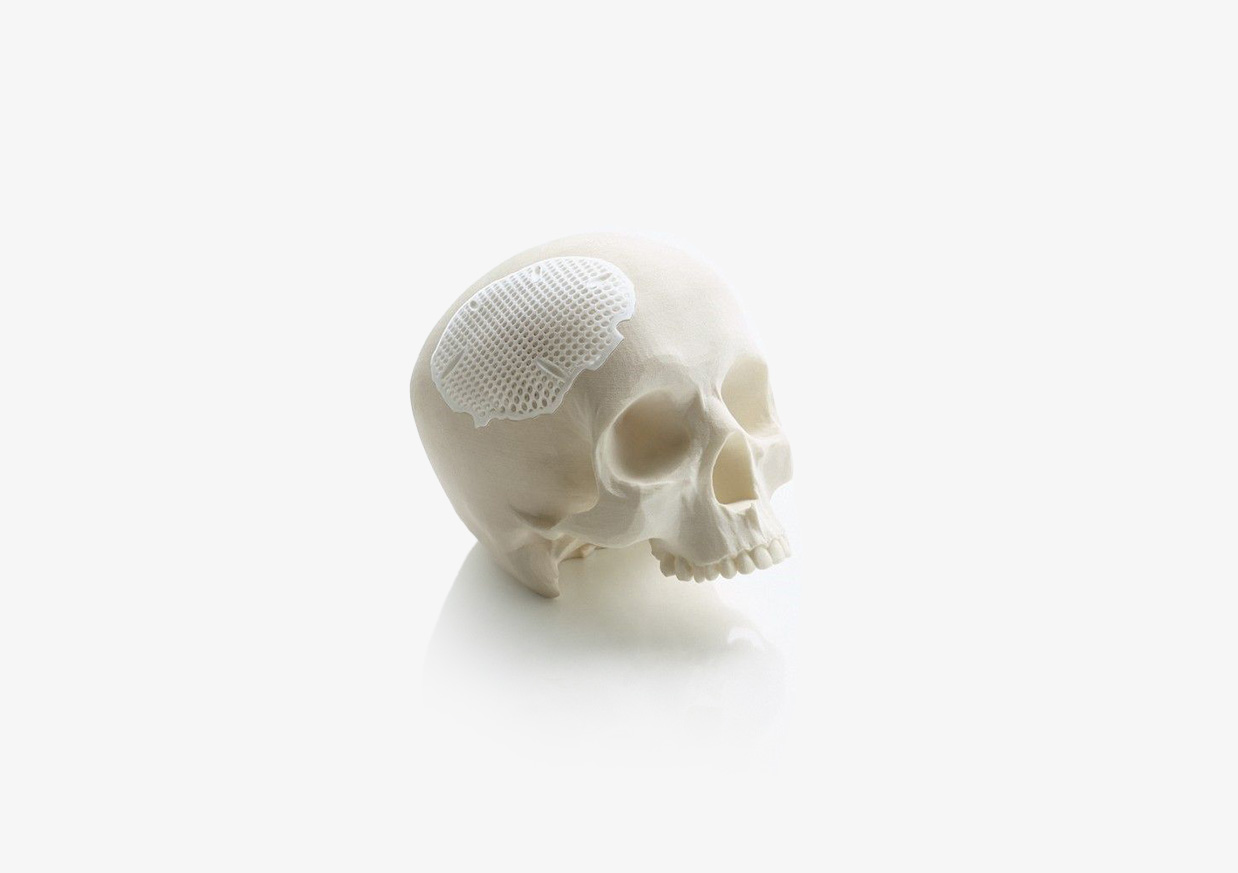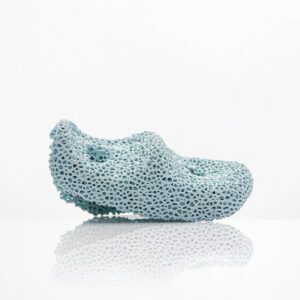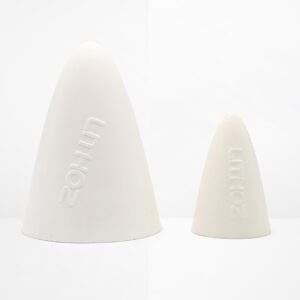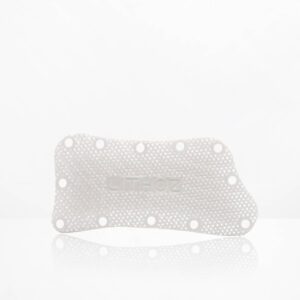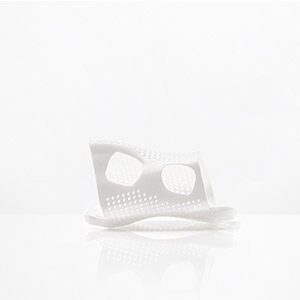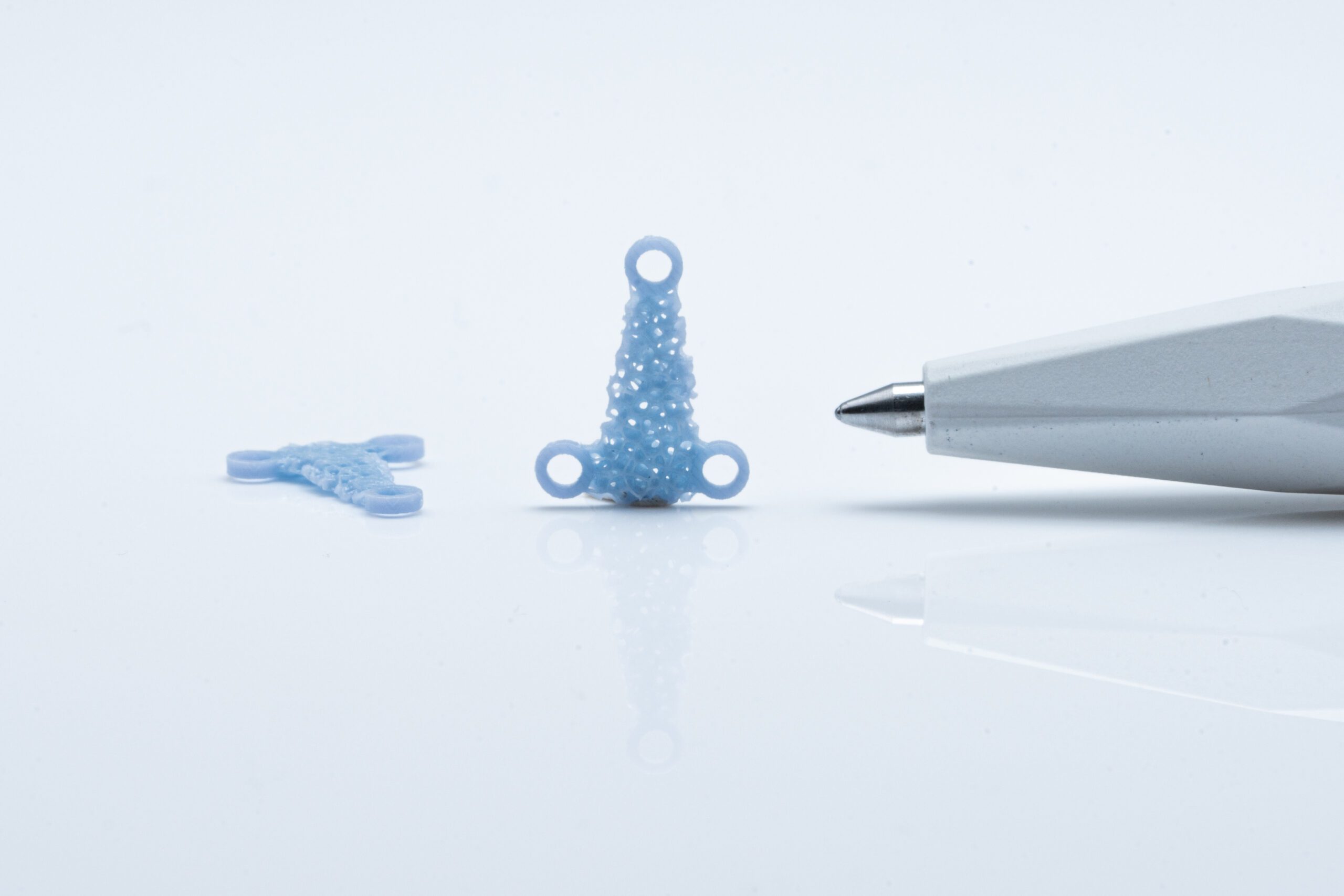
Palatinaler Obturator
Gaumenspalten gehören zu den häufigsten angeborenen Krankheiten in der westlichen Welt. Etwa 1 von 1000 Kindern leidet bei der Geburt an einer unterentwickelten Gaumenspalte, die zu einer pathologischen Öffnung des harten und weichen Gaumens und manchmal auch zu einer Beeinträchtigung der Lippenstrukturen führt. Diese Krankheit kann von unvollständig ausgebildetem weichem Gaumen bis hin zu einer beidseitigen vollständigen Lippen-Kiefer-Gaumenspalte reichen. Die Patienten leiden unter häufigen Infektionen aufgrund von Keimen, die über den Mund in das angrenzende Gewebe eindringen können, sowie unter Sprach- und Atembeschwerden und psychosozialen Problemen.
Die derzeitigen Behandlungsmöglichkeiten umfassen einen provisorischen Gaumenobturator für die Gaumenspalte und eine Operation für die Lippenspalte. Diese Optionen sind jedoch oft unzureichend, da sie das zugrunde liegende Problem, nicht dauerhaft lösen.
Universitäre Forschungseinrichtungen und Innovationsunternehmen haben zusammen eine neue Behandlungsoption entwickelt, die auf resorbierbaren keramischen Materialien basiert. Hierbei soll der fehlende Knochen im Gaumenbereich ersetzt und mit weichen Materialien kombiniert werden, um den Verschluss der Mundschleimhaut zu unterstützen. Patientenspezifische Designs und miteinander verbundene offenporige Geometrien können in Kombination mit etablierten Materialien wie Hydroxyapatit und Tricalciumphosphat eine vollständige Heilung des angeborenen Knochendefekts gewährleisten und so das Leben von Millionen Kinder verbessern.

